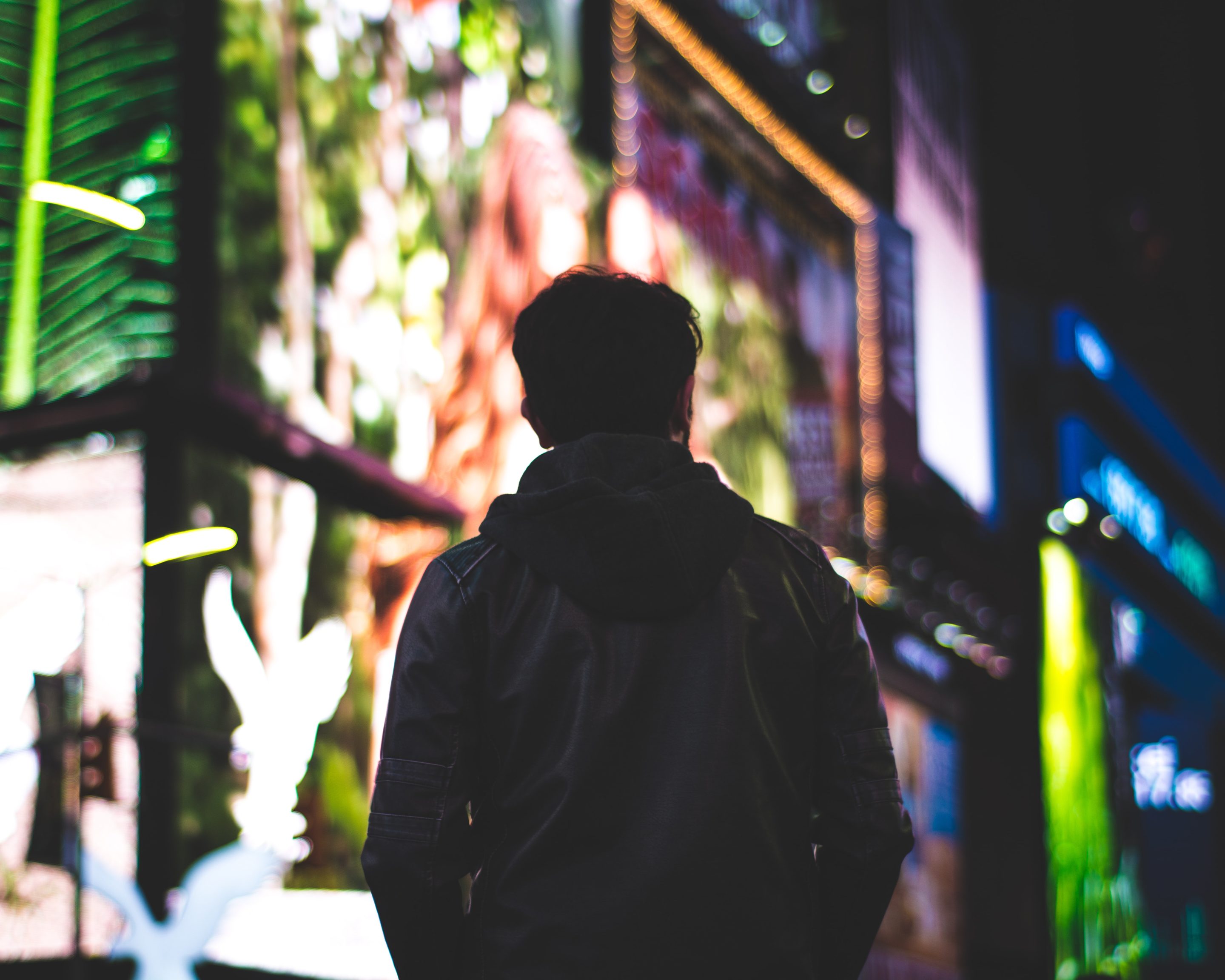With the Covid-19 vaccine available widely now and new recommendations from the CDC for fully vaccinated people to be able to resume activities without wearing masks or physically distancing, our world is adjusting to another major change: life post-pandemic. For some, the easing of these restrictions incites cheers, celebrations, and the immediate making of plans and scheduling trips. While for others, it triggers something being labeled re-entry anxiety, the fear surrounding re-engaging with society.
After a year of significant uncertainty, fear, loss, and isolation, things are slowly opening up and making space for joy, togetherness, and hope. But change is often difficult and can take a toll. If you’re on the anxious re-entry side, your anxiety may limit you from appreciating and experiencing the new freedoms we have access to now. If you’re on the carefree, expeditious side of re-entry, you may struggle to appreciate your limitations and find yourself fighting exhaustion and burnout. Both of these re-entry responses and everything in between are completely natural and valid.
We’ve broken down what self-care looks like as the world reopens for wherever you fall on this spectrum so that you can face re-entry in the healthiest way possible.
Self-care for the anxious type
Cautious, Safety-seeking, Internally-focused
Potential limitations: Anxiety is the body’s natural response to stressors in our environment, so it makes sense why it will be a valuable tool for navigating this complex post-pandemic world. But like all tools, without understanding and experience working with it, you won’t make much progress with what you’re trying to do. For this type, if anxiety is left unchecked and unchallenged, you’ll stay stuck exactly where you are and miss out on all of the individual, social, and health benefits of re-engaging with friends, family, and hobbies.
Needs:
Information and Preparation. Staying informed and up to date on Covid-19 protocols and restrictions in your local area as well as the national CDC guidelines can help you to feel more prepared to re-enter society safely. Calling businesses and restaurants before you go to ask about social distancing and mask enforcement can also help you plan ahead for what you’ll need to ensure you feel safe while there. Being knowledgeable about your specific anxiety triggers will also help you prepare proper coping skills for each situation.
Pace:
Listen to your gut and go at your own pace. Introduce new things slowly so that you feel safe — a quiet cafe during non-rush hours, then maybe a sit-down restaurant, and working yourself up to bigger spaces and events as your brain and body relaxes back into the world. However, don’t wait too long to begin this reintroduction process as the longer your anxiety has to simmer, the more challenging it is …
Plan:
Ground yourself in the things you can control instead of focusing on all of the things that you can’t. This means your thoughts, your actions, your beliefs, your responses. Challenge your anxious thoughts with curiosity and wonder instead of worry. Curiosity allows for optimism and creativity instead of the typical “what ifs” that could lead to worst-case scenarios. Finally, be willing to sit with the discomfort of your anxiety and do things anyway. Recall times in the past when you’ve been courageous and capable and apply those attitudes to what you’re facing now.
Self-care for the carefree type
Spontaneous, Novelty-seeking, Externally-focused
Potential limitations:
The carefree type has felt cooped up for far too long and will be tempted to dive back into their old busy lifestyle and routine without recognizing how lockdown has changed and shaped them. Without practice at checking in with themselves regularly, they might not notice right away how emotionally and physically exhausted they are by all the social gatherings, trip planning, hyper-productivity, and stimulation that the post pandemic world can offer them. Burnout and exhaustion may look like increased irritability, emotionality, headaches and GI issues, decreased motivation or excitement, and reduced productivity at work.
Needs:
This type needs increased awareness and routine check-ins with themselves as they can tend towards emotional avoidance and escapism. Your physical and emotional capacities for social and general activities may have changed quite a bit in the more isolated and less stimulating environment you’ve been in the last year. Spend some time becoming familiar with your new energy levels and limitations and then adjust your calendar to accommodate them.
Pace:
Challenge yourself to ease back into your old lifestyle at a slower pace than you’d like so you can avoid burnout. There is a lot going on all around us constantly, and it can be hard to absorb everything, let alone have the energy to personally contribute to all of it.
Plan:
Simplify, slow-down, and lower your expectations for yourself. Establish a routine and stick to it as structure can provide comfort and safety to an overstimulated system. Multitasking is really a myth. To reduce overwhelm, make a conscious effort to do one thing at a time and no more than two.
Final tips for everyone during re-entry
Check in with yourself regularly. Pay attention to and validate however you’re feeling. Don’t ignore or stuff down your anxious, overwhelmed, or disappointed emotions. Accept that your body is responding to something important in your environment, breathe into the sensation, focus on the feeling, and be curious about it.
Preserve the habits, practices, and routines that you created during lockdown that worked for you, like a slower pace of life and curbside pickup. Then let go of the things that didn’t, like doom scrolling through news sites and total social isolation.
Manage your expectations. Life post-pandemic won’t look exactly the same as it did before lockdown. Your energy levels, comfort level in crowded spaces, and ability to navigate social situations may all be different. Give yourself grace because change is hard. Embrace the awkwardness and see it as an opportunity to connect because we’re all in this together.
Tune in to your body. Focus on experiencing your anxiety and other emotions in the present moment and get familiar with your body’s stress signals. Getting enough sleep, limiting alcohol and caffeine, and learning what your triggers are so you can respond quickly to them when they arise can all help, too.
Make time for activities that fill you up. Doing something you find fulfilling, even for just a few minutes a day, can help improve your emotional health. Re-engage with activities that you had to give up during lockdown and enjoy all the benefits of the world reopening around you!
Communicate as a couple. Navigating through conversations about re-entry anxiety and expectations about re-integrating into society as a family can be stressful. Check out our blog Your Relationship Post Lockdown for tips on how to keep your communication and connection strong through this transition.
When therapy can help
If you find having conversations are difficult or adjusting to post-pandemic lockdown is causing distress (such as feeling overwhelmed, anxious, withdrawing, being more irritable), a licensed therapist can help.
If you are ready to schedule an appointment and live in Arizona, North Carolina, South Carolina, or Texas, we can help. Contact us to get started. We offer virtual sessions only right now to accommodate the safety of our staff and clients during the time of COVID-19.

